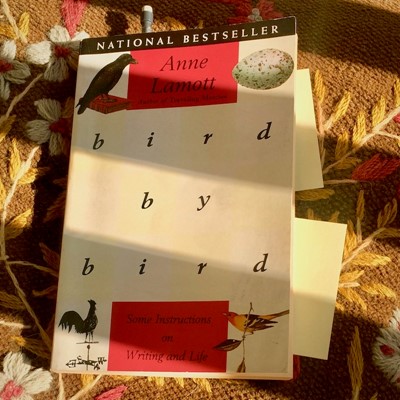
Panel discussions are a popular way to present information. We've learned a lot over the years as we've helped organizations make theirs better. In this series, we're providing tips for planners, moderators, and panelists—to help you make sure the panel discussions you play a role in will live up to their potential.
"Be as brief as you can, especially if the audience is holding a program guide with lengthier bios in it. Three lines is the absolute longest anyone’s introduction should be. No one cares where each panelist worked 27 years ago, or how you first met them."
– Some no-nonsense advice from Harvard Business Review
Who should introduce the panelists?
Believe it or not, we've heard some heated discussion about the answer to this question.
Some people firmly believe the moderator should introduce each panelist.
Others feel just as strongly that panelists should introduce themselves.
Some favor not having introductions at all.
We don't care so much about the who. We're much more concerned with the how.
Why?
Because many introductions go on too long yet come up short.
A good introduction needs to:
- Tell us who this is
- Tell us the qualification that makes them a valuable panel member
- Sell us on why this person has something to bring to the discussion
Usually, that means you can leave out the list of college degrees, full resume of past employment, and roundup of awards and publications.
Let's apply this three-part approach and see how it can work.
A simple recipe for introductions
Suppose you are introducing panelist number one.
The topic: Supporting fatherhood as a means to reduce poverty
The panelist: A caseworker who implemented a Jobs Not Jail child support program
Your introduction can be this simple, yet effective:
Who this is: Our first panelist is Emily King, a social services caseworker from South Dakota.
Qualification for panel: Five years ago, she helped create Jobs Not Jail. Now, fathers who miss child support payments can enroll in this job placement program and catch up on what they owe rather than be sent to jail for non-payment.
What she brings to the discussion: As someone who’s been working with families and fathers for 20 years, Emily says many policies created to hold fathers accountable actually do more harm to families than good. She'll share her perspectives on how we can help fathers engage with families in ways that help all of us.
Of course, Emily King could introduce herself covering those same points if your panel wants to go the self-introduction route. (For the record, we prefer the moderator do the introducing.)
Why we like this approach:
- It's brief.
- It's relevant.
- It lets us know what this speaker has to bring to us, the audience.
Additional considerations for panel moderators
If you're a moderator introducing panelists, use your judgment and consider these factors:
- Audience connections: If the panelist has a clear connection to the audience, you should be sure to make it. For example, if your panel discussion is taking place at a university and the panelist is a graduate, that's an occasion to include education in the intro.
- Audience familiarity: If you're introducing a well-known panelist—say, the governor of your state—you can acknowledge that by saying "We all know our first panelist, Governor Emily King." But don't assume the audience knows a lot. Add to what we know: "Governor King has made lifting families out of poverty a priority for her administration. Last year, she created the Council on Fathers and Families to examine how state policies and practices can promote responsible fatherhood. We'll hear why the governor believes fathers are an underused resource for our state and what we can do about it."
- Differences of opinion and controversy: Do your panelists differ strongly in their views? Does one of them have a controversial position? Consider if highlighting that might make the panelists more interesting to your audience. For example, you might include something like: "The New York Times has called our third panelist the worst thing to happen to fatherhood since dad jeans. To which he said, thank you. John Queens is founder of Old-Fashioned Dads. He says men should stop trying to be the cool dad and start being the role model and disciplinarian their children need. We'll find out why he thinks this approach works, and why our other two panelists don't totally agree."
- Using job titles: Often a job title does a poor job of explaining what a person does. On the other hand, many people put a great deal of stock in their titles. All we can ask is that you consider the factors, give the options consideration, and make a deliberate choice, rather than automatically use verbatim job titles that don't work well for your audience.
The ultimate introduction tip
One last tip for anyone introducing others or themselves: Consider writing that intro word for word and practicing it.
So many other elements of a panel discussion are up for grabs. Introductions are one element you can plan for and control—and when done well, set the stage for what the audience can expect and look forward to.
Learn more
Want to be a better panelist? Find our seven tips for making the most of the opportunity.
If you're the moderator, the open for your panel discussion can work a lot like the opening of a presentation. Here's how to open strong.
Taking audience questions? Use this process to be prepared.






